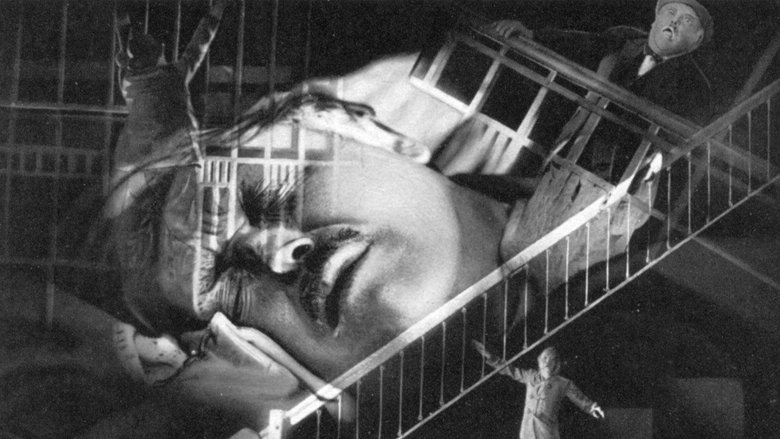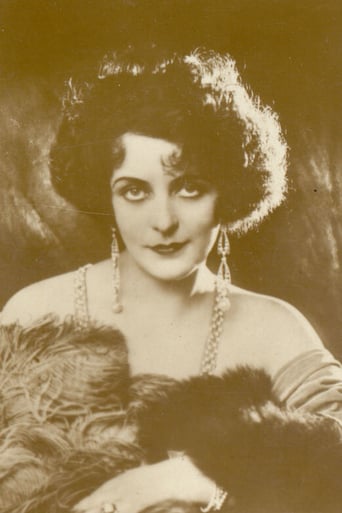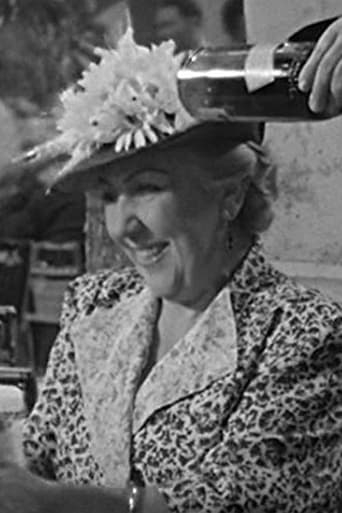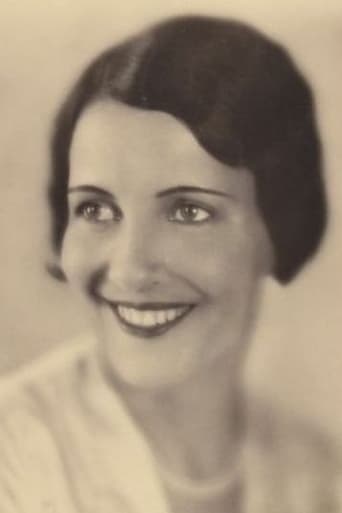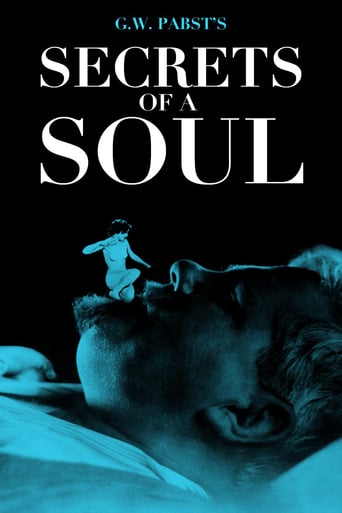
Werner Krauss, who had played the deranged Dr. Caligari six years earlier, stars as a scientist who is tormented by an irrational fear of knives and the irresistible compulsion to murder his wife. Driven to the brink of madness by fantastic nightmares (designed by Ernö Metzner and photographed by Guido Seeber in a brilliant mix of expressionism and surrealism), he encounters a psychoanalyst who offers to treat the perplexing malady.
Similar titles
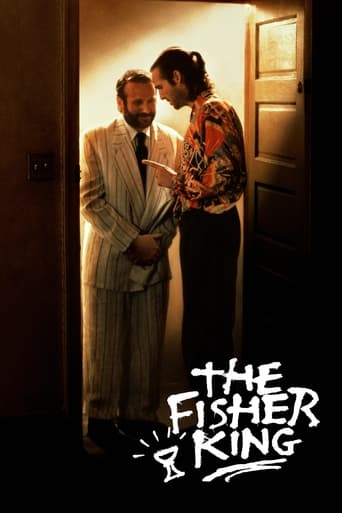
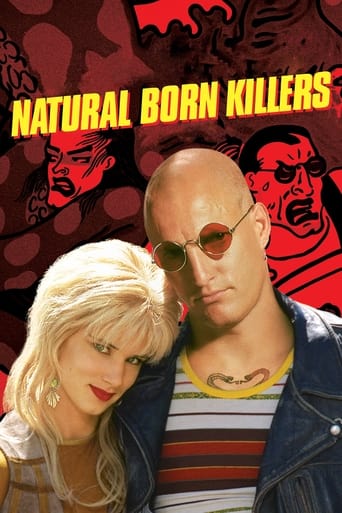
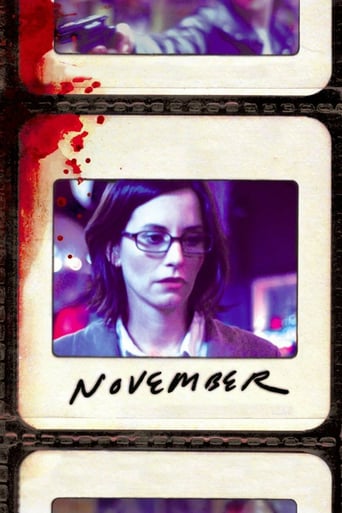
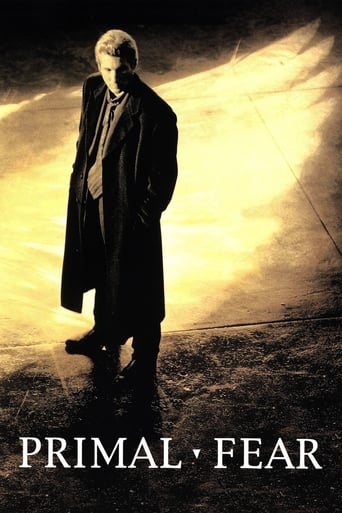

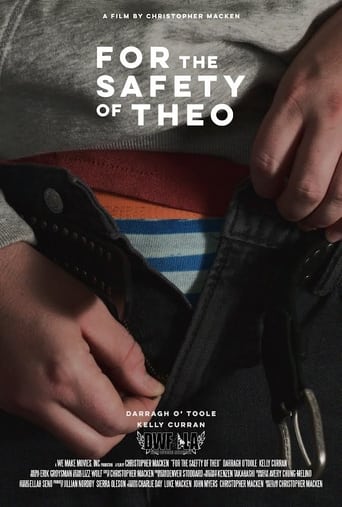
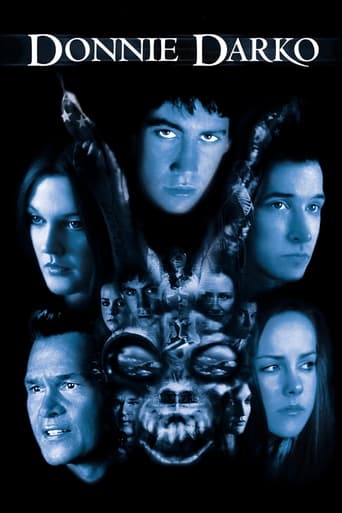



You May Also Like



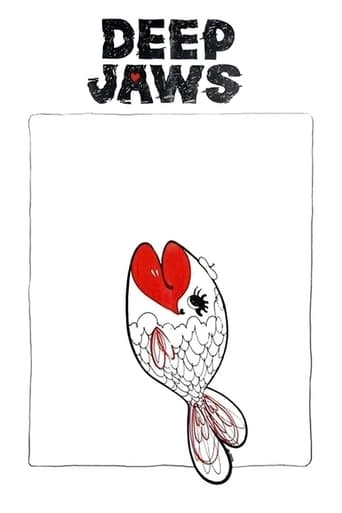
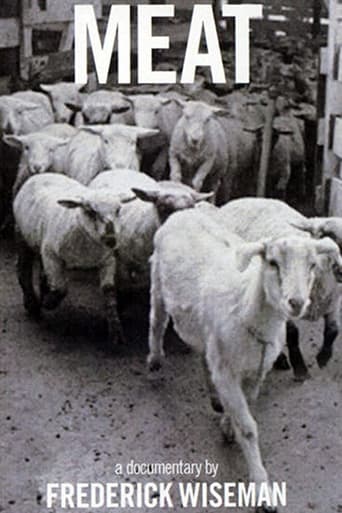
Reviews
Best movie ever!
Blistering performances.
Although I seem to have had higher expectations than I thought, the movie is super entertaining.
A terrific literary drama and character piece that shows how the process of creating art can be seen differently by those doing it and those looking at it from the outside.
I come to this as someone who thinks the presentation of dreams - much more than dreams themselves - imitates the ways we use to structure the self that presents the world to us. Charting the cinematic effort of that is exciting to me.And well, this is an interesting film to say the least, and from an interesting time. The backstory is that Freud himself approved of it and moreover sent two from his trusted Viennese circle to aid and supervise the UFA production on what would be a rational explication of psychoanalysis. You should know that his were radical , modern ideas in their time and for twenty years had been a sensation. And the Weimar public at large was struggling with deep-seated nightmares of their own, evidenced in Caligari and elsewhere, so it was very receptive to the new science for sleep, and probably every bit as confused about it as the somnambulist in Caligari.But oh boy, haven't our narrative devices come far since Freud.In the film, we have suddenly strange , unsettling urges followed by a puzzling nightmare, and then a psychoanalyst sits us down to kindly explain and assuage irrational fear. Nevermind the obtuse focus on sex and symbolic interpretation of dreams, that was Freud. The emphasis on phallic imagery, the incidental aversion to knives linked to imaginary castration in the patient. Jung would make the transition to a character-based dreamworld, and we are growing out of that too. We are insanely more complicated beings these days than a logic like Freud's can explain, our dreams much more layered, and you can see that in contemporary filmmakers who are dabbling with dream. We are unsure these days where day begins, that much (night) was certain then. Our dreams also come from movies and TV, from tweets and instagram, and we're beginning to understand what the Buddhist had been saying all along; the mind's function is to project snippets of narrative around a fictional self, and the most loaded dream is no different in mechanism to the most trivial thought. You are always at the center of an illusionary world you have set in motion, but you won't know that without a center in emptiness.The trigger for it is something to consider though. A murder (by knife) has taken place the day before in the same street, a wife killed by the husband. The same urge somehow surfaces in our guy.The actual nightmare has dated, along with the logic behind it and German expressionism. It is this eerie confluence of semiconscious machinery that still carries power. It is this aspect of dreaming Pabst would cultivate in later works.
Freudian psychiatry was all the rage back in the 1920s. It was the first psychotherapy and did much to popularize the notion of individual therapy to cure mental illness. And, not surprisingly, it was particularly popular in the German-speaking world. So, the fact that the German film maker G.W. Pabst would make a film based on Freud's theories isn't surprising at all. Just understand that since this type of therapy was the first, much of his work today might be seen as quaint or even obsolete. This isn't a slam against Freud--as he had to start somewhere. But the film's HUGE reliance on symbolism, insight and long-term treatment are, for the most part, not part of most therapies today--so don't expect this is like therapy in the 21st century. It's because of this that the film makes a wonderful viewing experience for psychology students--to understand the history of the treatment of mental illnesses. It brings to life Freud's ideas and shows the style of treatment he popularized.The story is about a couple--in particularly the husband. For unknown reasons, he's recent had a fantasy of stabbing his wife! Fortunately he realizes this is sick and is seeking help from a psychotherapist. After months of probing into his conscious and unconscious, the man's deep-seeded neurosis is uncovered and cured. And, as a result the marriage is saved and the family has a happy ending.The film has some wonderful dream sequences and lots of deliberate symbolism--and I thought this was all very clever. However, as an ex-psychology teacher and therapist, I was intrigued that the film makers did explore many common themes in Analytic psychology BUT a couple very obvious interpretations were never mentioned in the film--possibly because they were much more sexual than the interpretations given in the movie (though most therapists of the day would have seen them). First, there was LOTS of phallic imagery but the film never went there to discuss them. Any analytic therapist of the day would have jumped at the thrusting of the knife scene by the patient as well as his feelings of impotence. Also, his desire to kill her specifically with a knife is, according to Freudians, a VERY sexual sort of killing--again, with STRONG phallic connotations! I thought this was pretty funny--along with phallic images of trains and towers in the film--all of which, again ACCORDING TO FREUDIANS, would represent the sex act and sex organs. Now I am not saying I believe all this, but classical Analytic theory is based on this sort of interpretation...really.Overall, great fun for me, as in addition to psychology, I have taught history and this film is a great way to combine the two disciplines. I am sure this is not everyone's cup of tea--but it was, at least to the right audience, quite interesting--and one of the very earliest films to explore the Freudian/Analytic style of thinking and conceptualizing illness.By the way, if you enjoy movies about phallic imagery, dream interpretations and the like, try watching the COMPLETE Hitchcock film "Spellbound". I say complete, because Salvador Dali helped create a Freudian dream sequence that is great fun to watch but which in some versions is truncated. Also, Dali made an experimental film for Disney that was never released that is based on Freud's work that only recently has surfaced on the internet. It's wild and worth finding as well.
At the beginning of the last century, Herr Sigmund Freud was a notorious Austrian neurologist and psychiatrist who was famous for his innovative studies of mental diseases and the complicated unconscious mind. This led him to found psychoanalysis and write "Die Traumdeutung" ( The Interpretation Of Dreams ) a turning point in modern psychiatry that claimed the path to the unconscious could be found in dreams. Since aristocrats usually have nothing in their minds, psychoanalysis could do little to fill such a void but was very useful for average people whose more accessible simple minds made them good subjects for these innovative psychiatric methods."Geheimnisse Einer Seele" ( Secrets Of A Soul ) (1926) , directed by Herr G. W. Pabst, an Austrian like Herr Freud, is about this new psychoanalysis, a subject in fashion in Germany due to the complex and confused Teutonic minds, that Herr Pabst efficiently and aseptically describes in this film.The film is famous for its notorious dream sequence in which a chemistry professor's unconscious fears come to the surface and threatens his marriage. It is all connected to an incident in the neighbourhood and the return of his wife's cousin from India.The first half of the film shows the tranquil and bourgeois life of the professor together with his wife and the (at first) unimportant events that little by little will affect the professor's unconscious and will take shape in a traumatic dream. This is the most unique and interesting part of the film, the late Expressionist dream sequence, a nightmare, a nonsense puzzle that during the second half of the film will be analyzed and described with the help of a psychoanalyst, natürlich!.Herr Pabst, due to his Teutonic and organized human nature, describes and solves every little detail shown during the powerful dream sequence with the knowledgeable help of the psychiatrist of the film; a coherent, logical and aseptic analysis that lacks emotion and rhythm so there is no room for mystery. The story also has a conservative and too conventional happy ending that throws the film a bit off balance and is too predictable given the odd subject matter.That's what happens when you are an open-minded and common person, your innermost secrets are easily revealed, so unlike the wicked, empty and inscrutable aristocratic minds.And now, if you'll allow me, I must temporarily take my leave because this German Count must wake up.Herr Graf Ferdinand Von Galitzien http://ferdinandvongalitzien.blogspot.com/
Although it has an enormous reputation as a classic example of German Expressionist Cinema, "Secrets of a Soul" turns out to have very few of these pictorial elements. That reputation was obviously built on the opinions of critics who had not actually seen the movie but had referenced the illustration reproduced on the poster. It is not a still from the movie at all, but a composite made up by the publicity department.Admittedly, we do see the various dreams individuallyand they are even briefly reprizedbut even so, they constitute but an extremely small part of the movie which mostly centers on the well-off but distinctly middle-aged hero's sudden aversion to his young and extremely attractive wife.I realize that this was obviously not the scriptwriter's intention, as it appears from the flashback that the three participants are roughly the same age. The casting, however, particularly of the 25-year-old Weyher, as well as youngish Jack Trevor, makes nonsense of this supposition. We are forced to accept the movie in the way it appears on the screen, not in the way it was postulated in the minds of the screenwriters.I suppose you could argue that the dreams are presented in an expressionistic fashion (though I would disagree), but you can't get away from the fact that they display little visual imagination. And in any event, they occupy very little screen time.As the middle-aged lead, Werner Krauss does extremely well in conveying the domestic disparity he suffers with his young wife. He has obviously been married for at least five or six years and his attitude is not so much loving, as reserved, suspicious, ill-tempered and even resentful. As said, this was probably not the way Neumann and Ross intended, but it's the way Krauss plays the role and, more importantly, the way Pabst has directed it. So what have here is not so much expressionism, as a moderately gripping domestic drama.
Top Streaming Movies











